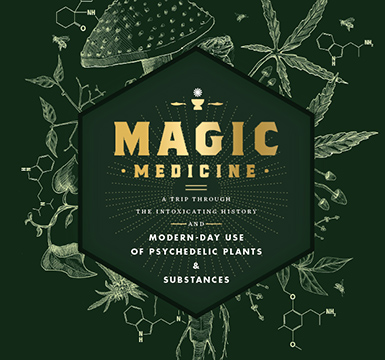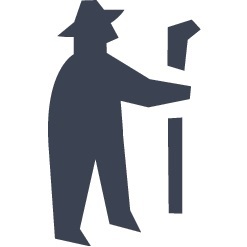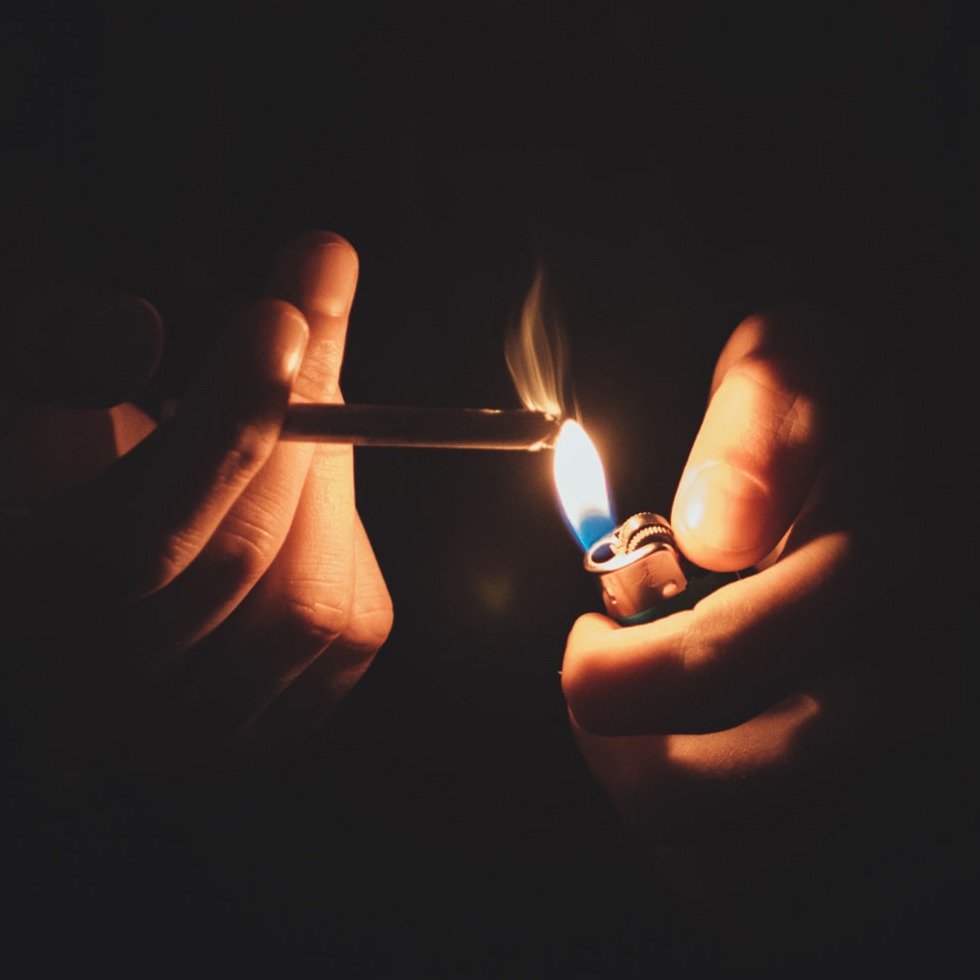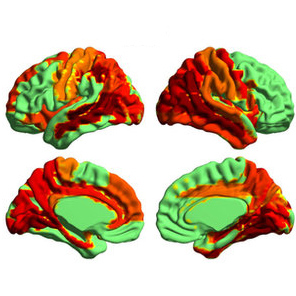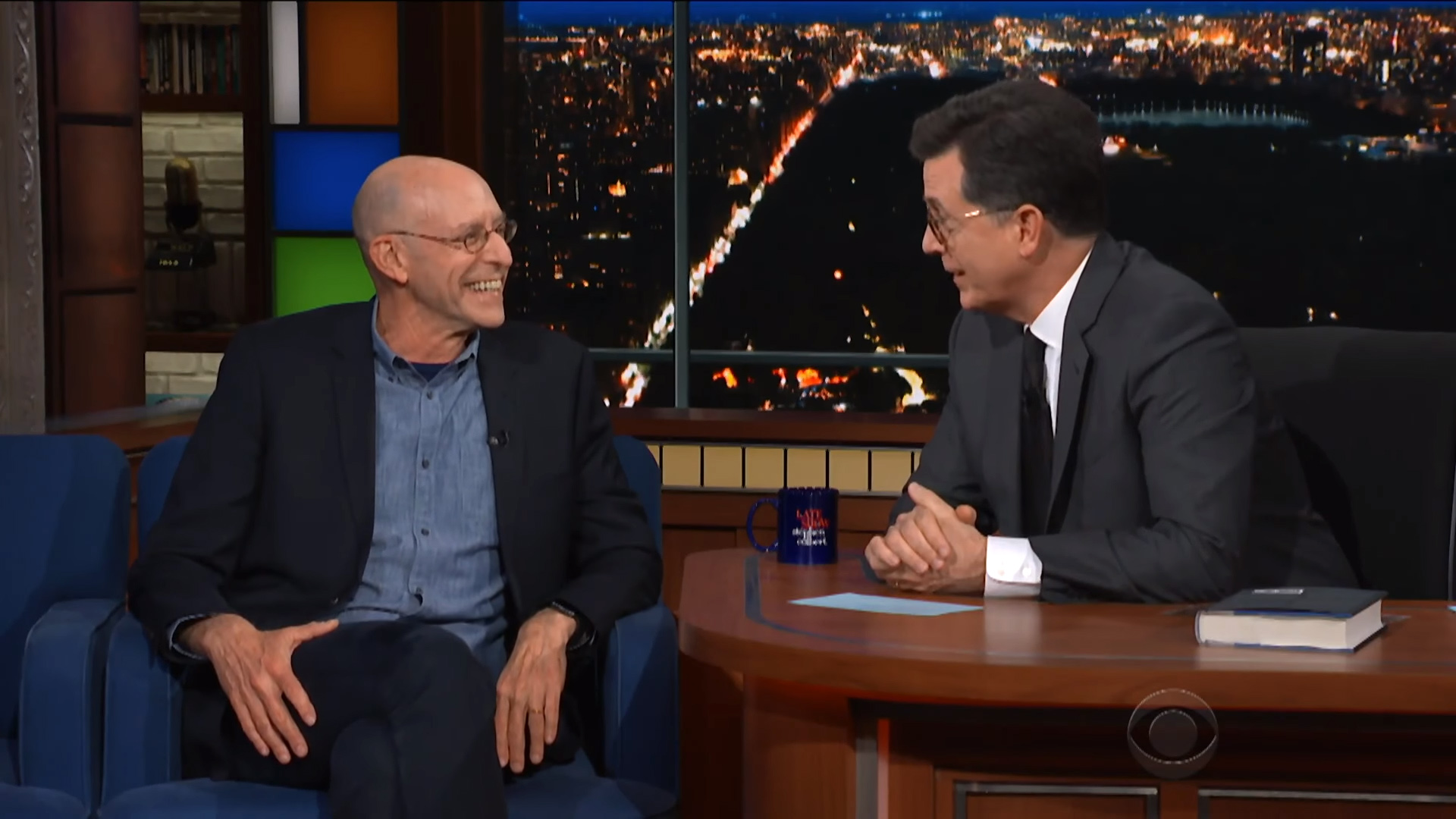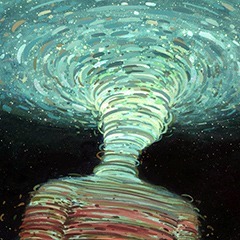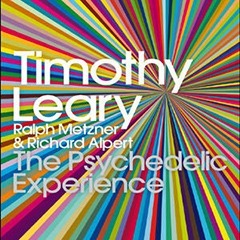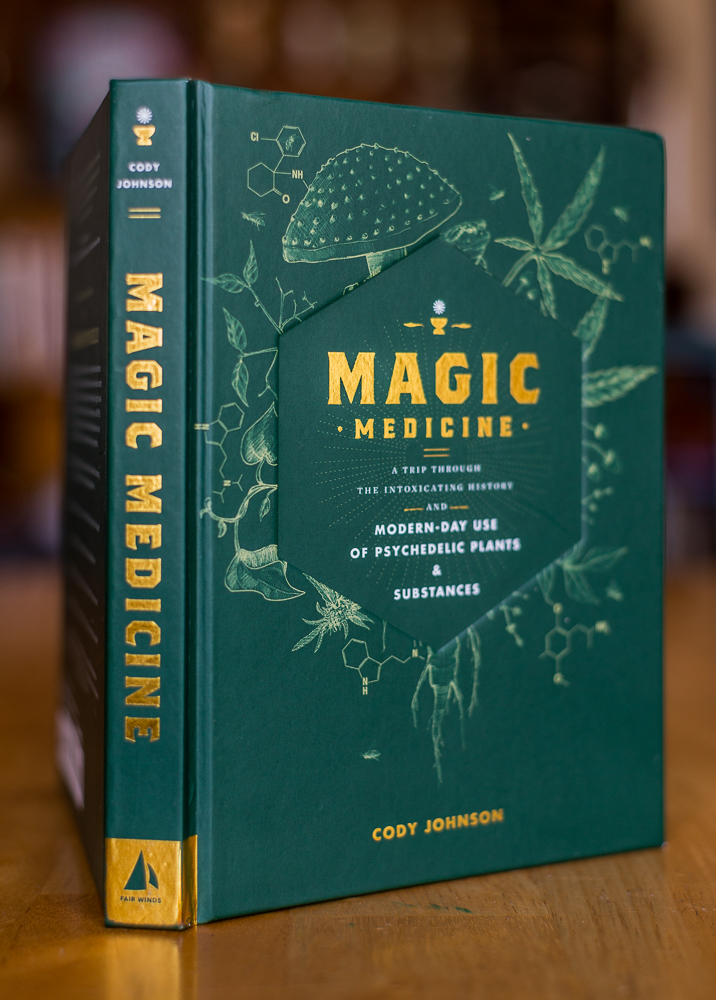This guest post by Martijn Schirp was originally published on higHExistence.com and is reproduced here with permission.
Martijn is the co-founder of higHExistence, a travel junkie, a meditation practitioner, and a yoga lover. He is a student of philosophy, passionate about science, and immensely fascinated by consciousness.
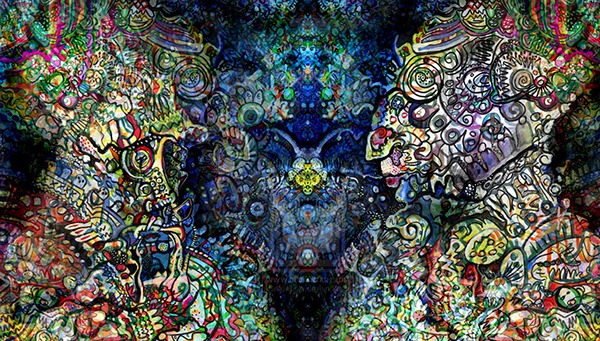
Ayahuasca Vision by Theodore Holdt
The true student of science neglects nothing and despises nothing that may widen and deepen his knowledge of nature, and if he is wise as well as learned he will hesitate before he applies the term “impossible” to any facts which are widely believed and have been repeatedly observed by men as intelligent and honest as himself.
Alfred Russel Wallace, “Are the Phenomena of Spiritualism in Harmony with Science?”
Some time ago I was in the right place at the right time by attending the Interdisciplinary Conference on Psychedelic Research in Amsterdam orchestrated by Stichting Open. The conference featured a wonderful mix of researchers, philosophers, health care workers and students with a genuine interest in the positive power these plant teachers can have on their users.
While I had taken entheogens before (another word for the same category of substances, meaning “realizing the divine within”) as part of my spiritual investigations, I had never delved deeper into the larger implications of the “ecodelic” insight, which draws our attention to the “Whole” or to the “Gaian Mind.” By attending the conference and through subsequent research, I ventured deeper into the widespread interconnections between us and the psychoactive ecosystem that surrounds us. How do these substances function? How are we to interpret the peculiar trip reports of psychonauts (the brave pioneers who explore the mind space)? Why are such practices criminalized and stigmatized? And what does the war on drugs mean for the continuing evolution of the human species? In this three-part series I try to come back to these questions, not to give clear and concise answers but rather to open up a space where these ideas can flourish and have polyamorous sex with one another.
Now why would I want such a thing? I believe that the solutions for the problems we face today (overpopulation, ecological destruction, cultural purposelessness, global warming, and the list goes on) are not to be found in the techno-scientific-materialistic ideology which gazes upon us from every corner of our modern “democracy.” Instead, it is to be found in a mutation of consciousness, in a shift towards the spiritual, an information revolution beyond the control of our current failing institutions, whether they are economic, religious, or scientific. Experimentation with ideas, states of minds, and ways of living—exploring the “infinite internal freedom” as the late Timothy Leary used to say—is necessary to heal the industrial trauma that keeps intensifying to this day.
Psychedelics can aid us in this imperative of change. Psychedelic compounds like Ayahuasca, Ibogaine and LSD are used, with great success, as de-conditioning and de-patterning cures for heroin, cocaine, and alcohol addiction. But aren’t we all addicted to perpetually consuming the entire planet? Are you stuck in a pattern you can’t drop out of?
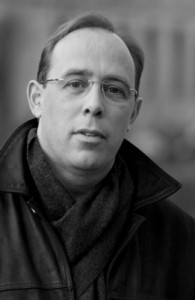
Wouter Hanegraaff
Right now our cognitive liberties are under attack. The war on drugs is a war on consciousness itself. The very medicine that can help to cure our cultural diseases is criminalized. When we are not free to experiment with different states of mind we are more likely to be hypnotized into submission through mass media and propaganda. Our own nervous system is being held tight in an ideological straitjacket—our “reality tunnel” is fixed. Why is this still the case?
According to the lecture given at the psychedelic conference by Professor Wouter Hanegraaff, we are blinded by cultural prejudices that distort our thinking about mind-altering substances. Because of this, the catalyzing power of entheogens is still misunderstood and intentionally suppressed. He distinguishes the following three prejudices that lie dormant in many of our attitudes today:
- The Crypto-Protestant prejudice: This prejudice is a remainder of the theological battle against paganism. It was based on the belief that mystical experiences, such as the ones often reported after ingesting ‘hallucinogens,’ should be the result of divine grace. If someone was receptive enough then such an experience would occur in a “natural” way, whatever that means. Human intervention, on the other hand, was seen as magical manipulation—a very dangerous thing for institutions like the church to allow (and for the state in the sixties). It is the same reason consumer-capitalism refuses to incorporate these (r)evolutionary tools today.However, these arguments are relics of the Christian era; they are based on the belief that no humans should have the power to enter the realm of the Spirit themselves. This Knowledge should be mediated by priests and the church. Yet many indigenous cultures strongly disagree (for instance, the Aztec name for their sacramental psilocybin mushrooms was Teonanácatl or “divine mushroom”.)
- The Idealist prejudice: This prejudice is about the dualistic separation of spirit and matter. How can something that is obviously material, a chemical compound ingested by our bodies, have an effect on anything related to the spiritual? It cannot be the real thing; we are just cheating ourselves into believing it is a true mystical experience. Yet there is no way to distinguish a genuine from a fake mystical experience. This worrying about the truthfulness of an experience distracts us from the fact that mystical experiences inducedd by entheogens still cause all the effects that make up a such an experience (oneness, sacredness, contact with the divine, etc). The focus should be on the experience itself, regardless of the mechanism or method that induced it.
- The Drug prejudice: This prejudice is based on an arbitrary category, “drugs,” which ignores the wide variety of psychoactive chemicals with very different properties. The abstract concept of drugs has been reified, or made concrete, by our laws and norms. Yet, there is no such thing as a drug that defines the category, in the same way there is no living and breathing “average human.” There exist, however, individual examples like DMT and crack. In this abstraction, the state lumps things together for the sake of convenience and propaganda.Political propaganda is used to smear and discredit any perceived threats; thus psychedelics are relegated to Schedule 1, a category of drugs with no positive medical use. This bears no correlation to scientific evidence. Psychedelics don’t cause addiction or death, and they don’t result in the establishment of organized crime syndicates, yet they can cure depression, cluster headaches, death anxiety, and severe addictions. The fact that some chemicals challenge our deeply held assumptions is not reason enough to deny the ever-growing body of evidence that psychedelics, if used with the right intention in the right context, can be extremely beneficial for their users and society at large.
In our laws we see the increased tendency of the state to intervene in the “life,” “health,” and “well-being” of its citizens. This is part of what philosopher Michel Foucault dubbed “biopower” – the use of politics to control and predict living systems. The war on drugs extends this power even further into the realm of consciousness itself. This explains the paradox of the state proclaiming that it wants to reduce the “potential for harm and abuse” but still allows alcohol and tobacco, drugs that cause much more harm and abuse than cannabis or DMT. Terence McKenna famously hypothesized that this was the case because chemicals like caffeine and sugar reinforce capitalist values in our collective consciousness, whereas psychedelics do the complete opposite.
In the next part of this three-part article I will go into the liberating aspects of these neurochemical keys and how they unlock different aspects of our psyche. Continue to Part 2.
Check out the Psychedelic Salon podcast and the book Darwin’s Pharmacy by Richard Doyle. Both sources have brought me many new ideas, without which this article would have never seen the light of day. I cannot recommend both highly enough.
Liked this post? Subscribe to my RSS feed to get much more!

